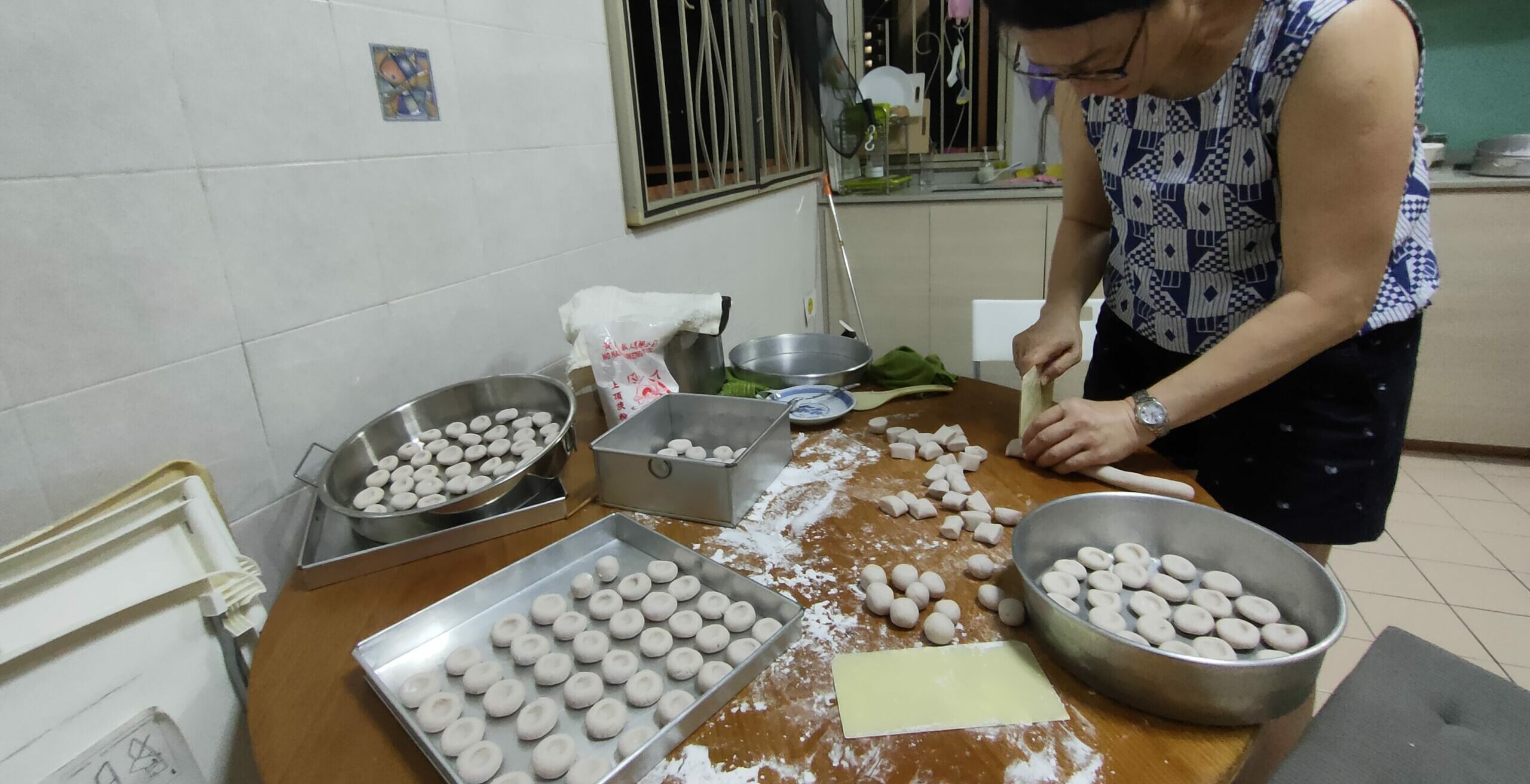
Cindy Aw’s Hakka Abacus Seeds
Written by: Cindy Aw
f you’ve eaten this long enough, you’ll realise that store bought Hakka Abacus Seeds cannot compare to home-cooked ones. Cooked at least once a year, this dish was learnt from my mother-in-law, and we usually eat this with family during family reunion dinners. It reminds us of the times where our grandmother would cook it for us - with the recipe imported straight from Japan! I’ve noticed there are many styles of cooking this dish, but personally, I feel that ours is the best! Haha! You’ll have to try it to experience it! My favourite part of this dish is definitely seeing the end product come into fruition and seeing everyone enjoy the dish.
“Be proud of your roots and honour your heritage.”
I may not be Hakka, but I feel pretty proud of myself to be able to make this dish from scratch. My story I would like to pass on to future generations reading this is: Be proud of your roots and honour your heritage.
My hometown is Kedah, in the northern part of Malaysia. When I was young and my parents were working in Singapore, I lived with my maternal grandma. Due to their work nature, they visited me once a year. The most memorable moment for me with my grandma is that she would ride a bike with me to Hat Yai, a city in Thailand’s far south near the Malaysian border, to visit my uncle who became a monk there.
Until I was 6 years old, I migrated to Singapore to live with my parents. It was around this time where I got to know this dish from my Dad. Apparently, my maternal side family is not aware of this dish. Khao Jam does not travel very well in Asia as it takes ample time of slicing, chopping, and toasting of ingredients. This is definitely the best dish to train your knife skills!
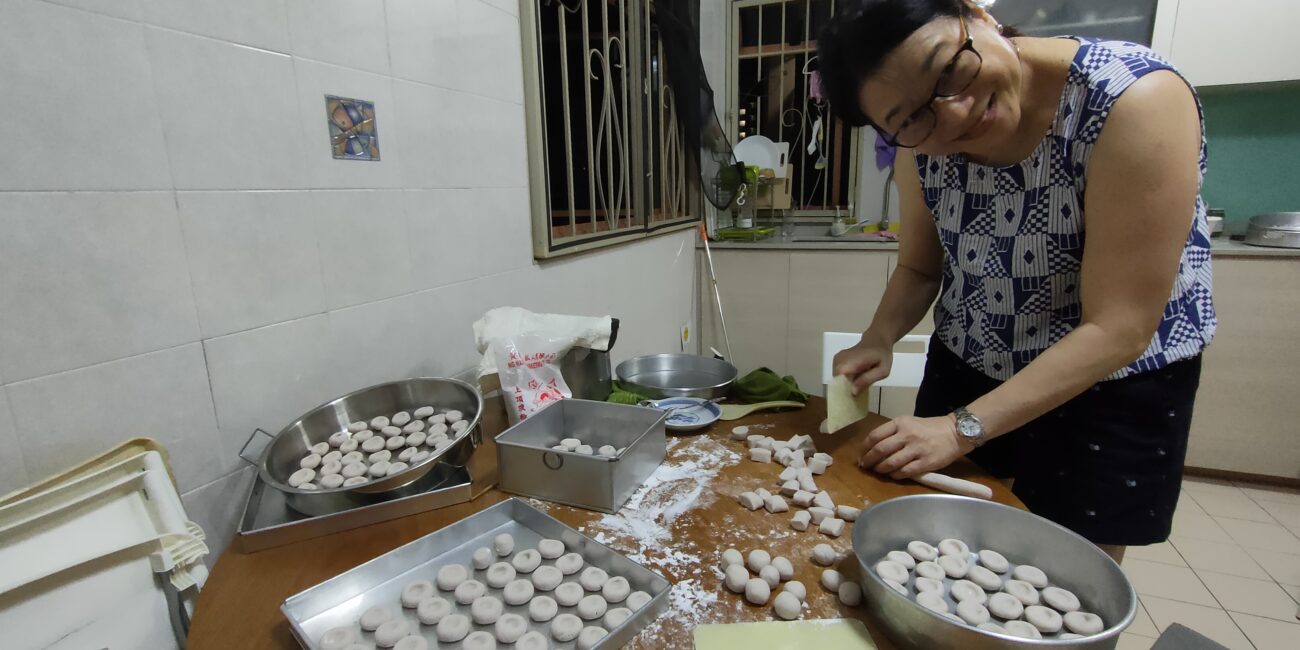
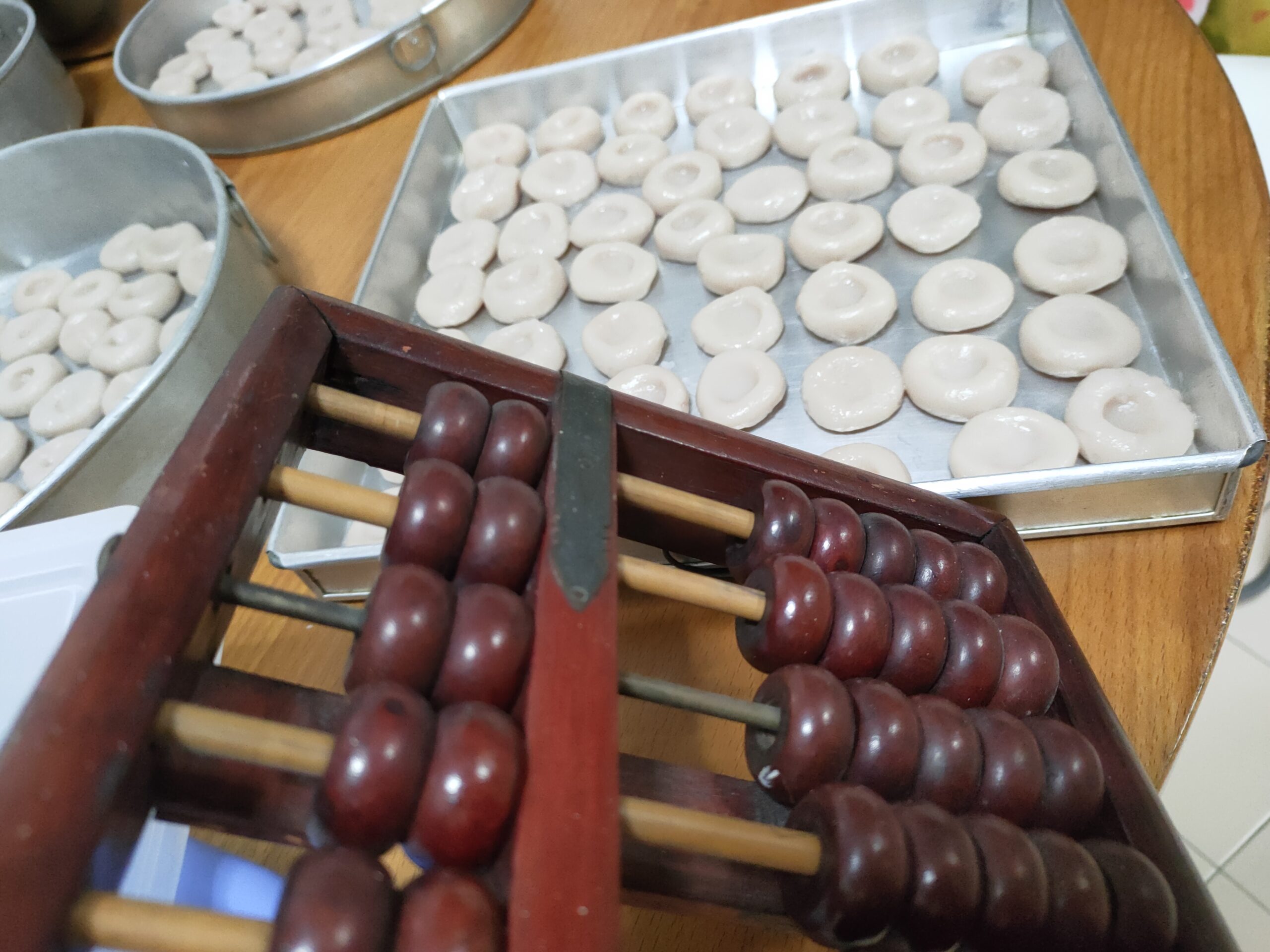
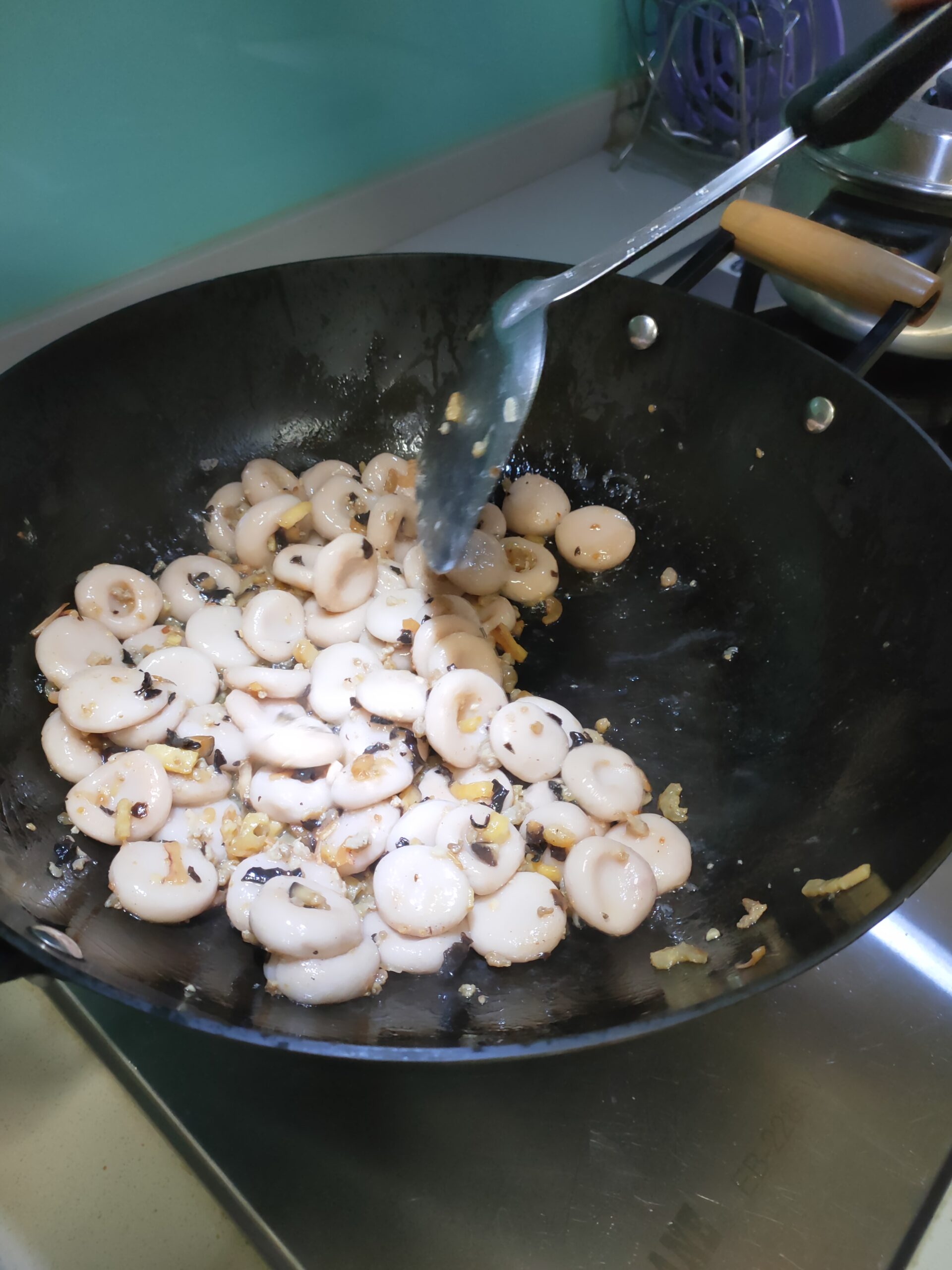
Every family has their own Khao Yam recipe, which are all slightly different. It is entirely up to the individual to include anything available. Since the pandemic, our family has been homesick and during the weekends, we will travel to the west of Singapore (Clementi) to get the most difficult-to-find ingredients which are ginger flower bud (used in some Singaporean Rojak) and freshly grated coconut. All ingredients must be freshly prepared as it is eaten raw.
It takes a lot of dedication to prepare this dish using caveman methods. No air fryer or special machinery is used- Only basic tools and equipment such as a knife, chopping board, stove and pan. My family members will come together to prepare this traditional dish.
To experience the authentic way of eating Khao Yam, use your hands! In the mouth, it is a complex mixture of textures and flavours… Soft tender rice with crunchy greens, bean sprouts and onion. Spiciness from the sambal is toned down by the creaminess of the freshly grated coconut. The turmeric strips add colour to your rice and stain your fingers. The saltiness from the fried salty fish brings all the herb flavours from mint leaves, curry leaves and lemongrass. Although the preparation takes time, the whole process and experience of cooking and eating Khao Yam with my family is very rewarding.
Cindy Aw's Hakka Abacus Seeds
10
servings2
hours20
minutesIngredients
- Ingredients to be prepared 1-day in advance (A)
600 g yam, cut into thin slices
1/2 bowl water
1 tsp salt
1/2 - 3/4 pack tapioca flour (flying man brand, 500g)
1 pack banana leaf
- Ingredients to be prepared on the day itself (B)
1 pack brown/white tau kua (cut thinly, about 2cm x 0.5cm)
50 g dried shrimp, softened
50 g dried cuttlefish, dried and softened
50 g dried chinese mushroom, softened and shredded
250 g minced pork
10 g black fungus, softened and shredded
- Seasoning
1 tbsp white pepper
3 tbsp fish sauce
250 g clear chicken broth (swonson brand, 1 pkt)
1 tbsp fried shallots
1 tbsp fried garlic
- Garnishing
2 stalks spring onion, cut into small pieces
2 stalks chinese parsley (wanshui), cut into small pieces
Directions
- Preparing the ingredients in advance (A)
- Steam sliced yam with water and salt.
- Once yam is cooked, smash and add tapioca flour.
- Mix well, kneading until the yam is combined with the starch. The dough is ready once it no longer feels sticky.
- Roll the dough into a round bar (about 3cm x 10cm). Cut into 2cm-thick slices, roll into a ball. Holding it between your forefinger and thumb, gently press the ball to make an indent in the centre to look like an abacus seed.
- Once all the dough is shaped into abacus seeds, steam on a banana leaf for about 10mins.
- Oil a spoon and use it to arrange steamed yam in rows on banana leaf to cool.
- Preparing the ingredients on the day itself (B)
- Fry each ingredient in set (B) individually (except black fungus) and set aside.
- Then fry them altogether, adding fish sauce and white pepper.
- Add abacus seeds and fry for 2 minutes.
- Add chicken broth and cook for about 5 minutes.
- Add fried shallots and garlic.
- Garnish with spring onion, chinese parsley, and pepper to serve.
Did you make this recipe?
Tag @kampungeats on Instagram and hashtag it #kampungeats
Want more recipes?
Like us on Facebook

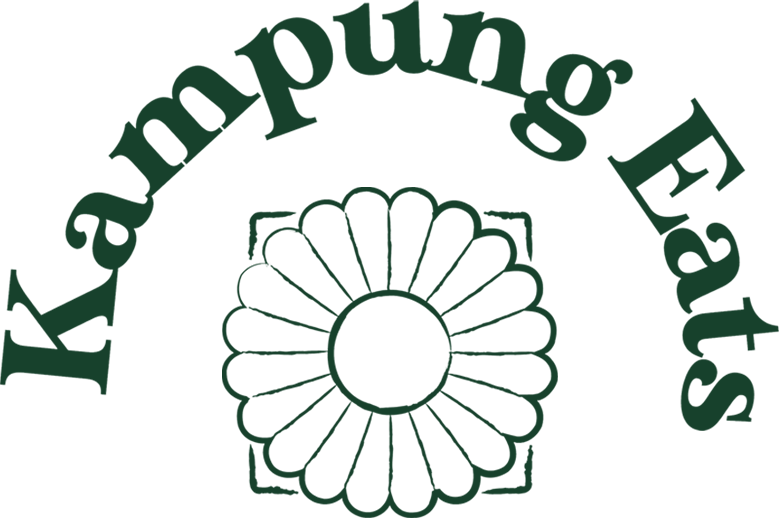

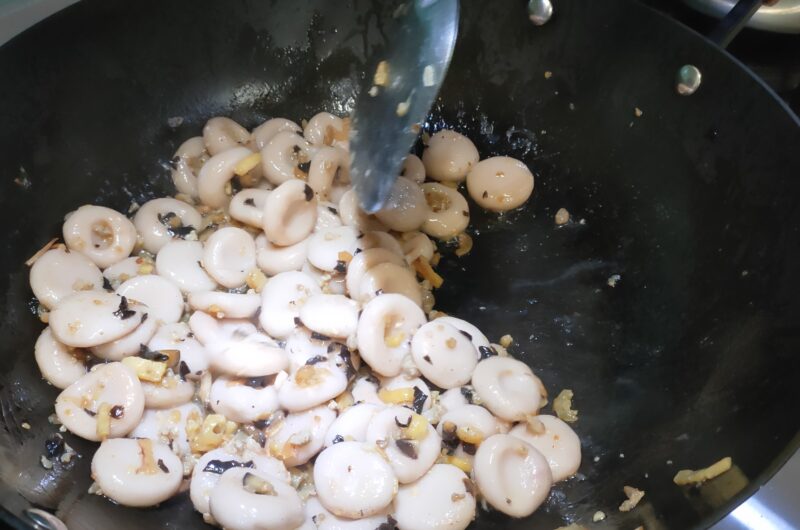

Letters to the Chef